By: Suraj Karowa

By Suraj Karowa and Thinh Nguyen,
NGHE AN/HANOI, Vietnam, Sept. 29, 2025 — Typhoon Bualoi slammed into Vietnam’s northern central coast early Monday, unleashing fierce winds and torrential rains that killed at least eight people, left 17 fishermen missing, and caused widespread destruction. The storm, which triggered waves as high as eight meters, damaged homes, inundated crops, and disrupted power across multiple provinces before weakening as it moved toward Laos.
The typhoon made landfall in the early hours of Monday, striking hardest in provinces like Nghe An, Quang Tri, and Ninh Binh. By 11:00 a.m. local time (0400 GMT), Bualoi’s wind speeds had dropped to 74 kph (46 mph) from 117 kph at landfall, according to Vietnam’s national weather agency. Despite losing strength, the storm left a trail of devastation, with fallen trees, flooded roads, and damaged infrastructure hampering rescue and recovery efforts. The government’s disaster management agency reported that 245 houses were damaged, nearly 1,400 hectares of rice and other crops were submerged, and access to several areas was cut off.
Among the most tragic losses were 17 fishermen reported missing after massive waves struck two fishing boats off Quang Tri province. Another fishing boat lost contact during the storm, raising fears for its crew. In Ninh Binh province, strong winds claimed eight lives and injured seven others, while one person in Hue city drowned in floodwaters, and another in Thanh Hoa province was killed by a falling tree. “I stayed awake the whole night fearing the door would be pulled off by strong winds,” said Ho Van Quynh, a resident of Nghe An province, where neighbors banded together to protect their homes as power outages darkened their apartment building.
Nguyen Tuan Vinh, a 45-year-old local, described Bualoi as “one of the strongest” storms he had witnessed in his lifetime. The sentiment was echoed by residents in Phong Nha, a region known for its vast cave systems, where “terrible gusts” and pounding rain kept people indoors. “No one dares to go out,” Le Hang told state media VNExpress, capturing the fear and disruption caused by the storm.
Vietnam, with its long coastline facing the South China Sea, is no stranger to typhoons, which often form east of the Philippines. Bualoi had already wreaked havoc in the Philippines, killing at least 10 people, mostly due to drownings and falling trees, and forcing 23,000 families into emergency shelters. The storm’s path through Vietnam marked it as the second major cyclone to hit Asia within a week, following Typhoon Ragasa, which left 28 dead across the northern Philippines, Taiwan, and China before dissipating over Vietnam.
In preparation for Bualoi, Vietnamese authorities evacuated more than 28,500 people from vulnerable coastal areas, mobilizing nearly 117,000 military personnel to assist. Four airports in central provinces were shut down, leading to hundreds of canceled or delayed flights. Fishing boats were recalled to harbors, and tourist services, including hotels and restaurants, were closed in coastal regions. Despite these measures, the storm’s intensity overwhelmed many communities, and authorities warned of continued risks from flash floods and landslides, with rainfall expected to reach 500 millimeters in some areas through Tuesday.
While no major damage to industrial properties was reported, the storm’s path crossed areas with significant industrial presence, including factories owned by Foxconn, Luxshare, Formosa Plastics, and Vinfast. The disaster management agency noted that a coal storage roof at a thermal power plant in Ha Tinh province collapsed due to heavy rains and winds, with repairs expected to take months.
As Bualoi weakened into a tropical depression over Laos, Vietnam began assessing the full extent of the damage. The storm’s impact on agriculture, with nearly 1,400 hectares of crops flooded, poses a significant threat to local livelihoods, particularly in rural areas dependent on rice production. Rescue teams continue to search for the missing fishermen, with hopes dwindling as time passes.
This disaster underscores Vietnam’s vulnerability to increasingly frequent and severe weather events, a challenge compounded by climate change. Last September, Typhoon Yagi caused $3.3 billion in economic losses and hundreds of fatalities in northern Vietnam, highlighting the need for enhanced preparedness and infrastructure resilience. As communities begin the long process of recovery, the government faces mounting pressure to address both immediate relief and long-term strategies to mitigate the impact of future storms.
Reporting by Suraj Karowa in Hanoi and Thinh Nguyen in Nghe An; Editing by Ranjan Bhagat and Saad Sayeed
Discover more from AMERICA NEWS WORLD
Subscribe to get the latest posts sent to your email.
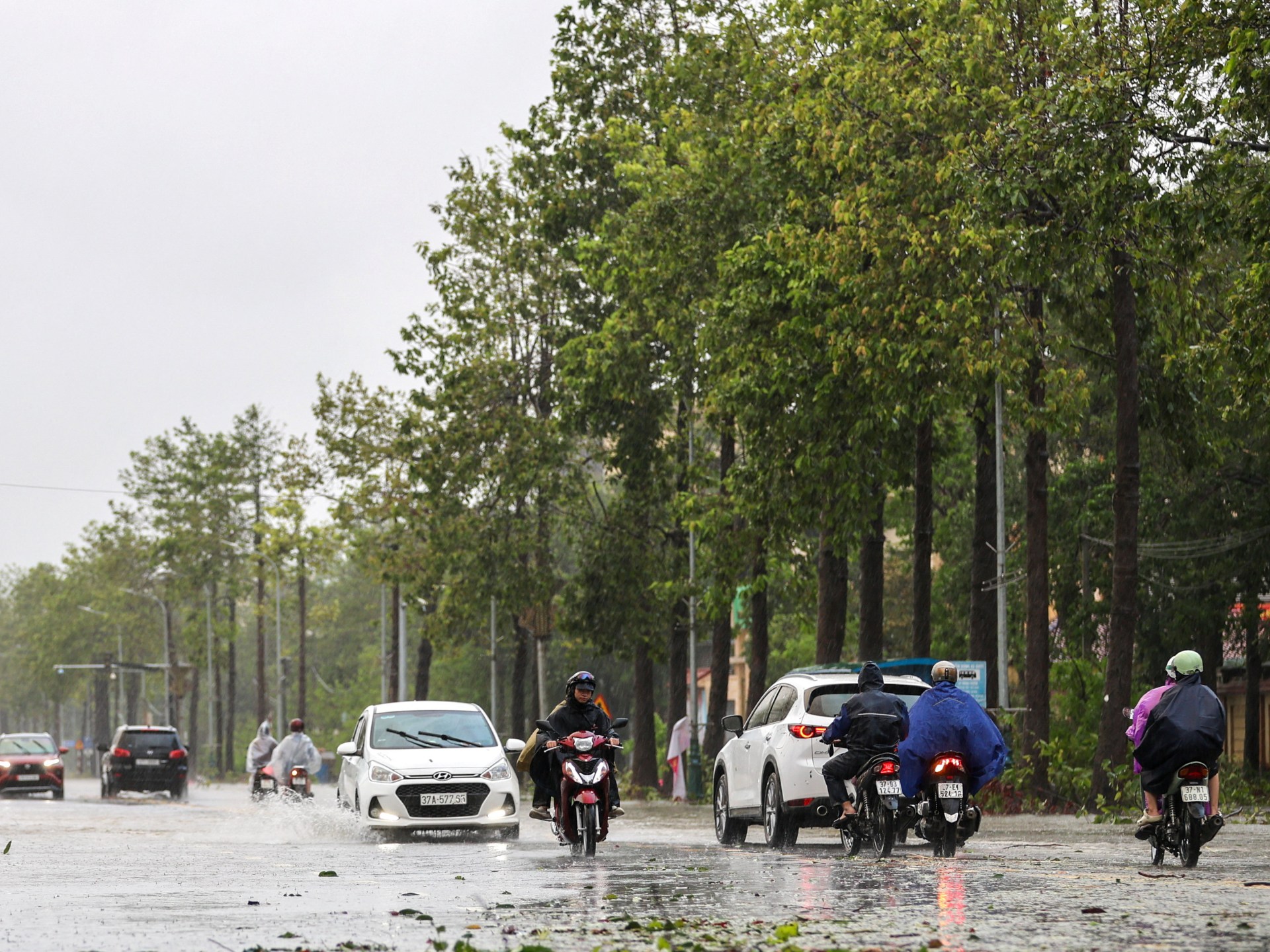
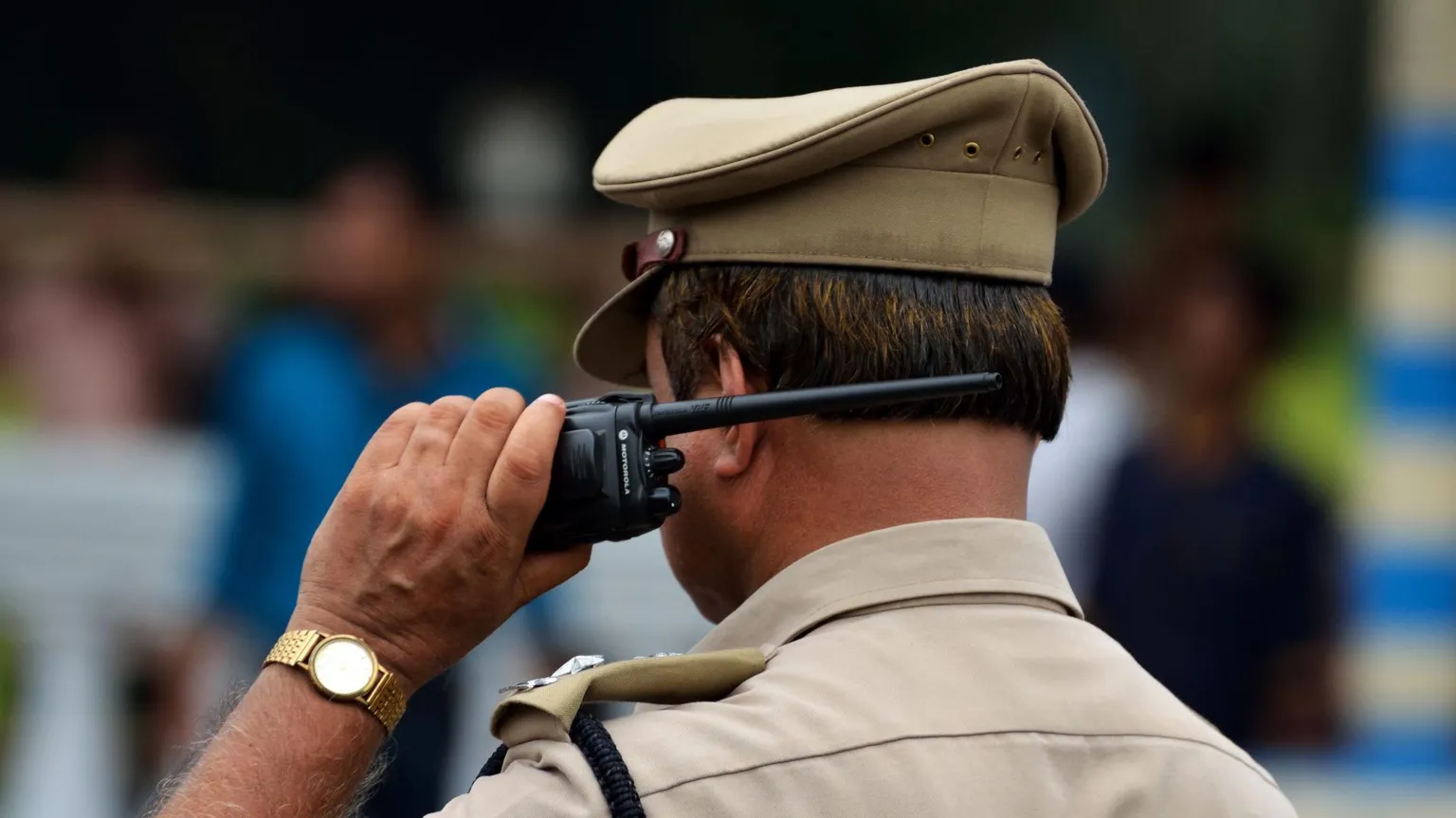
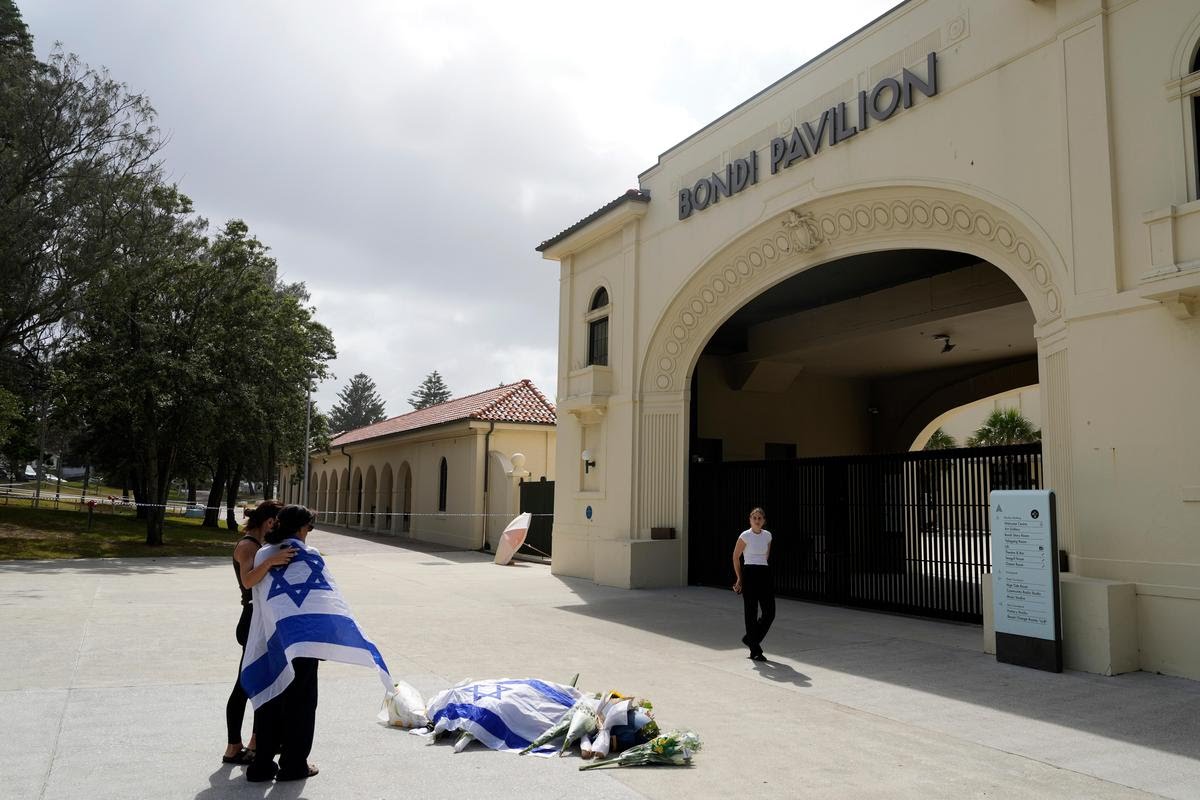

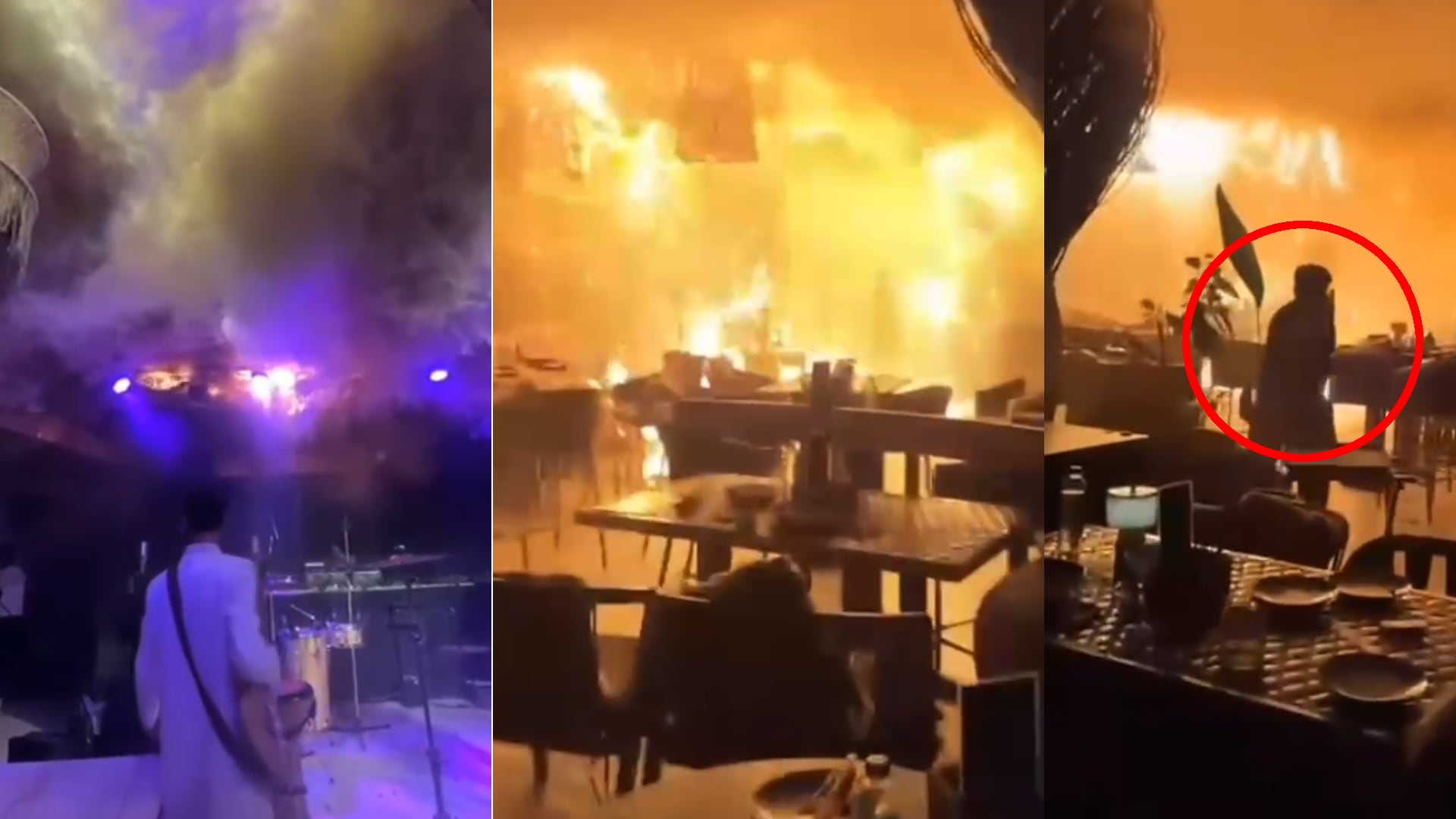
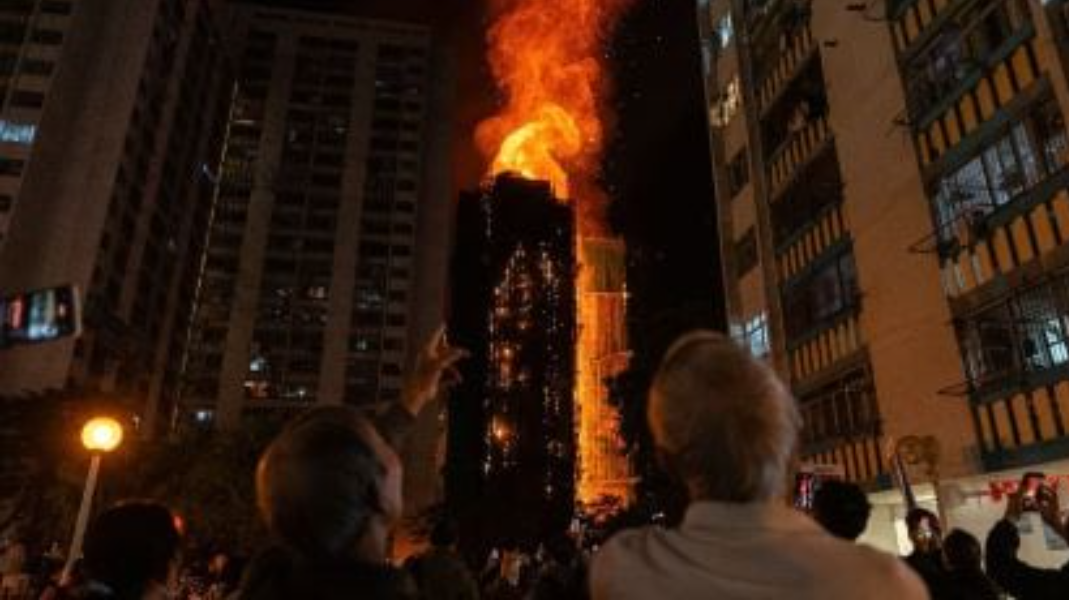
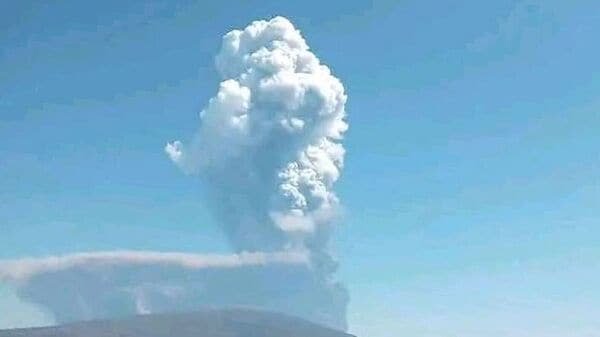
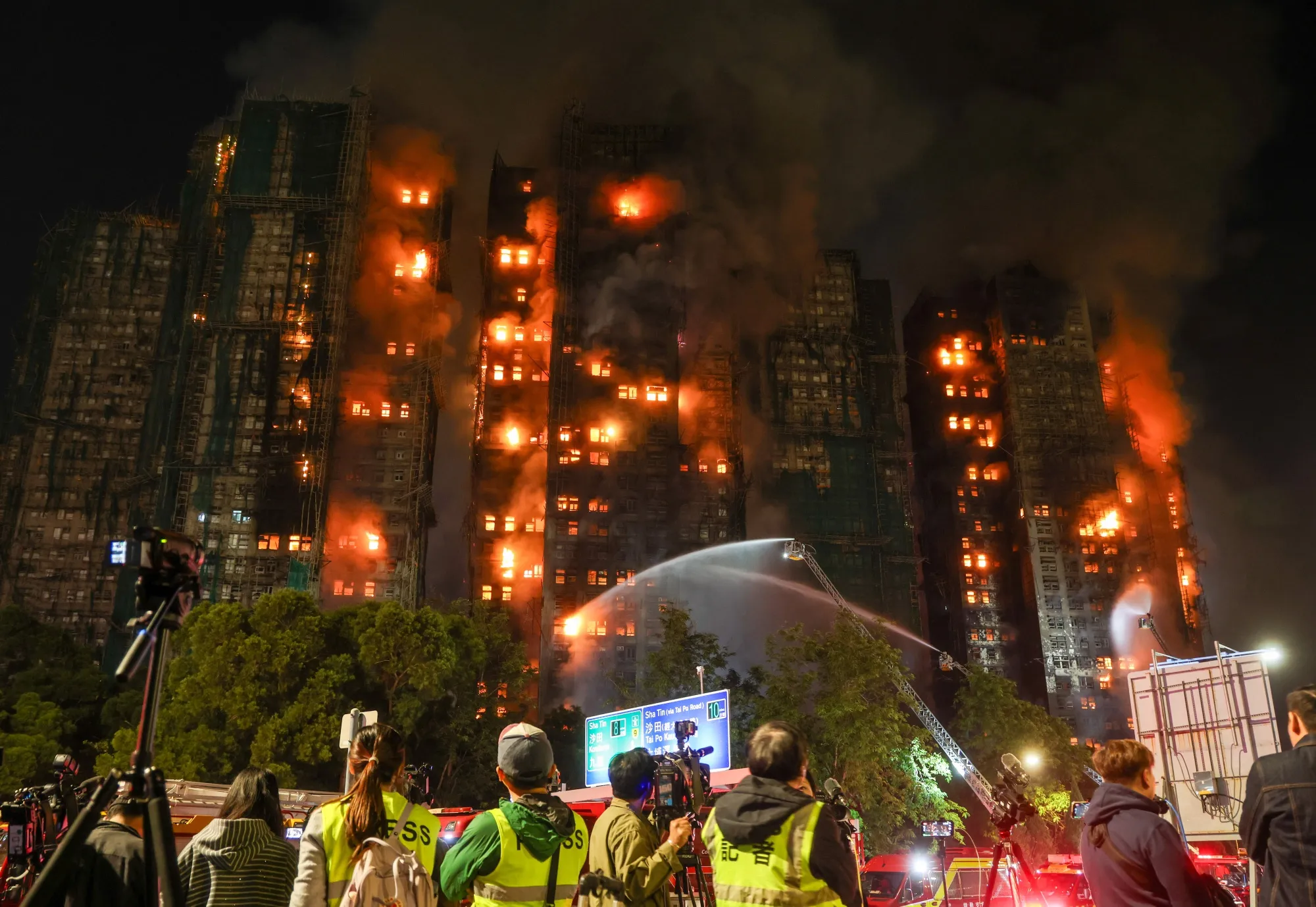

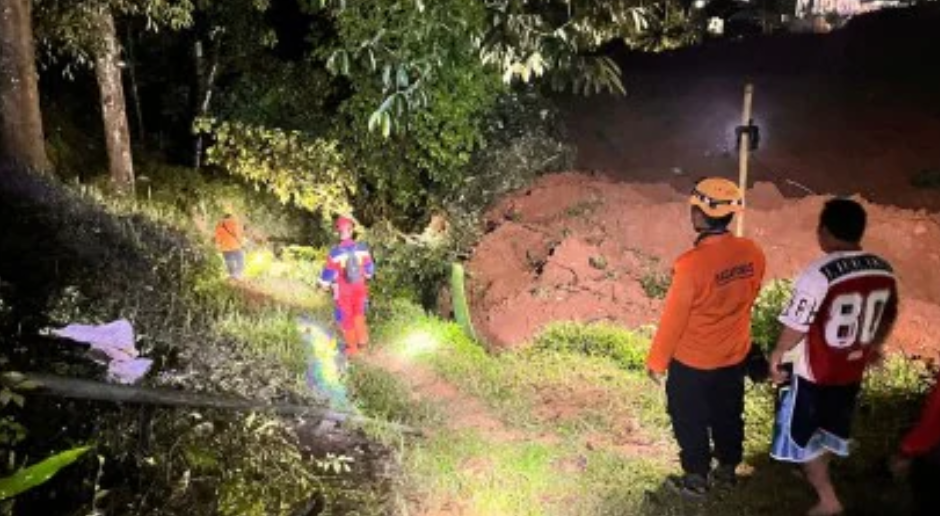
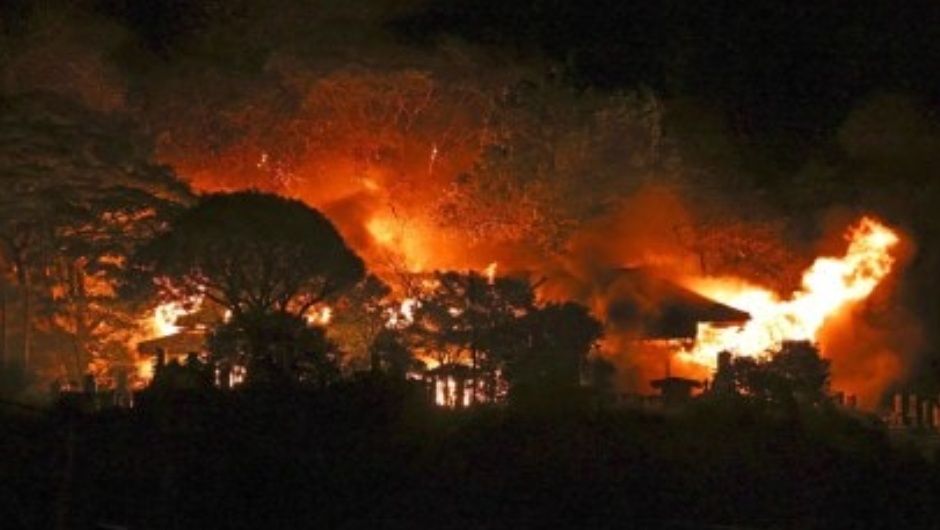

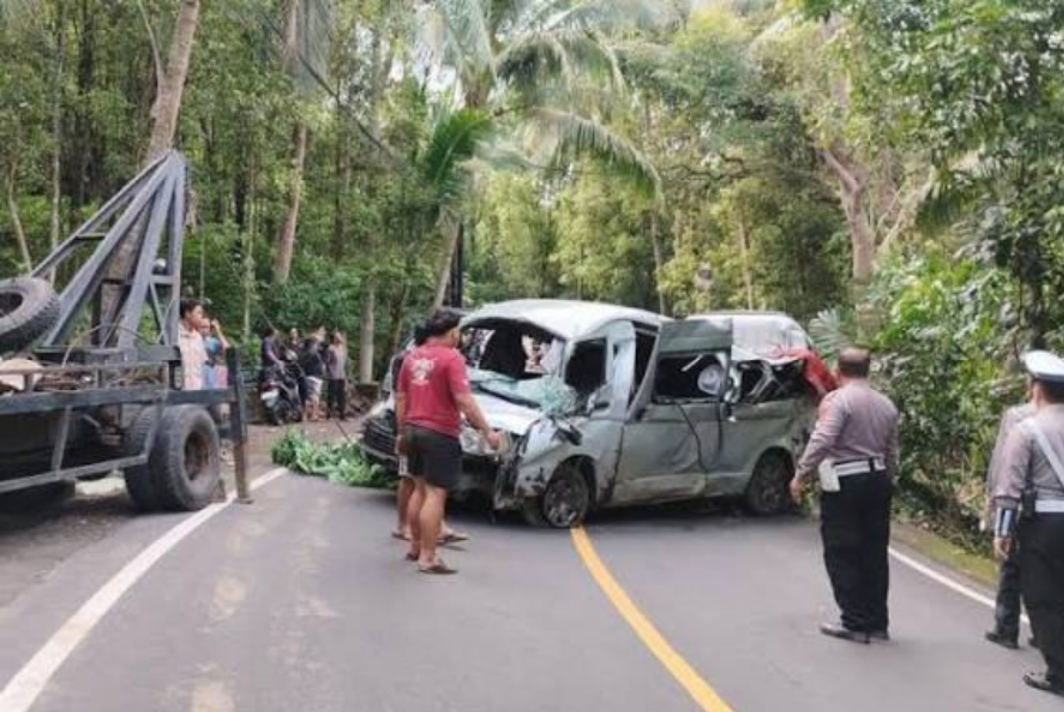

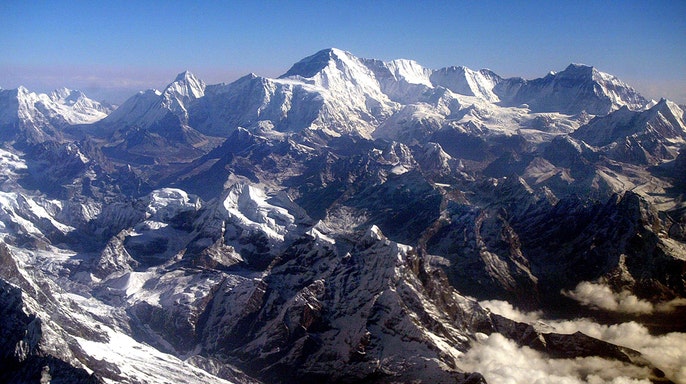

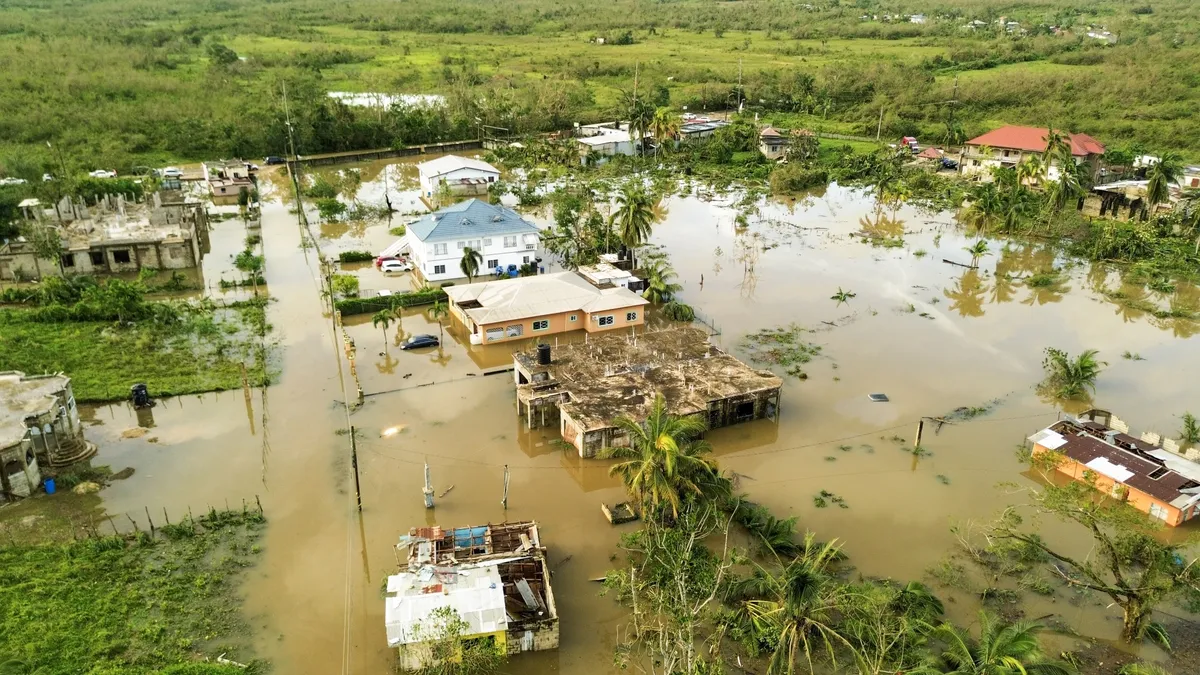

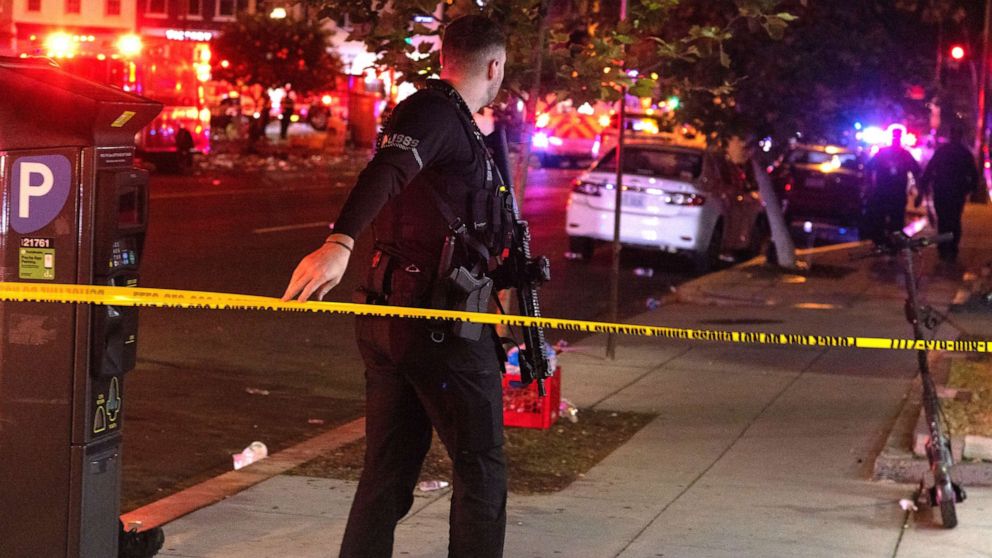

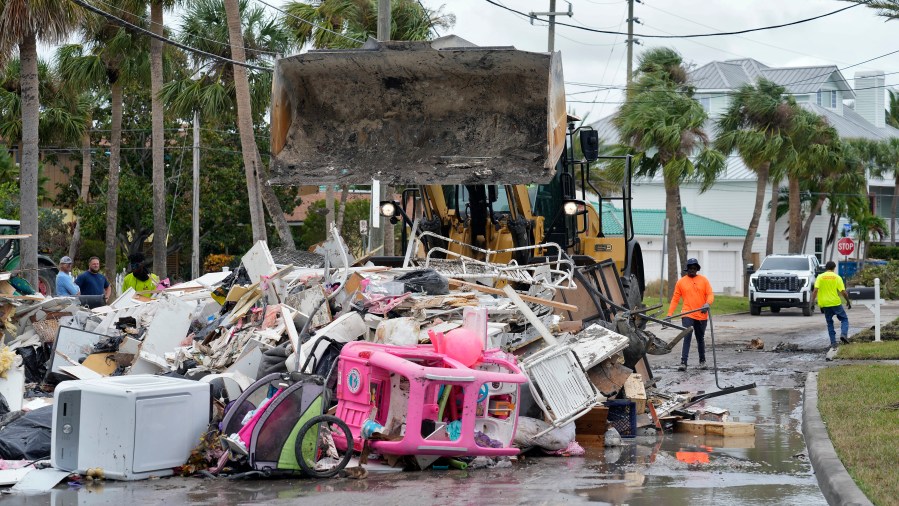
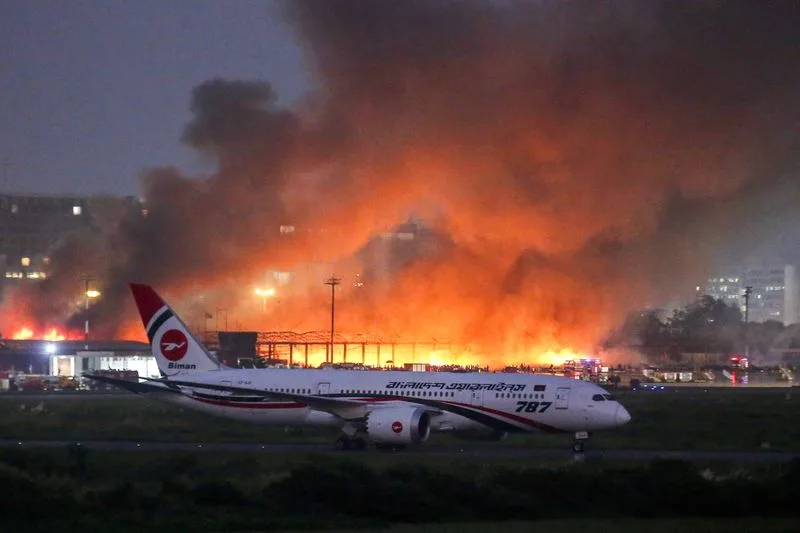
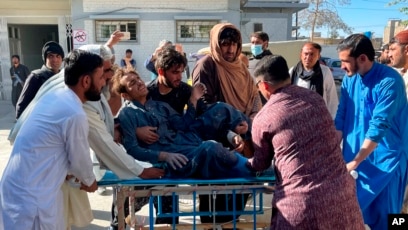
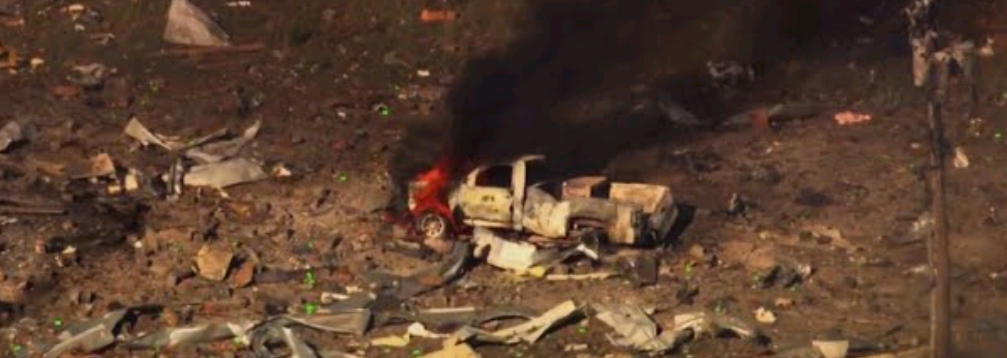
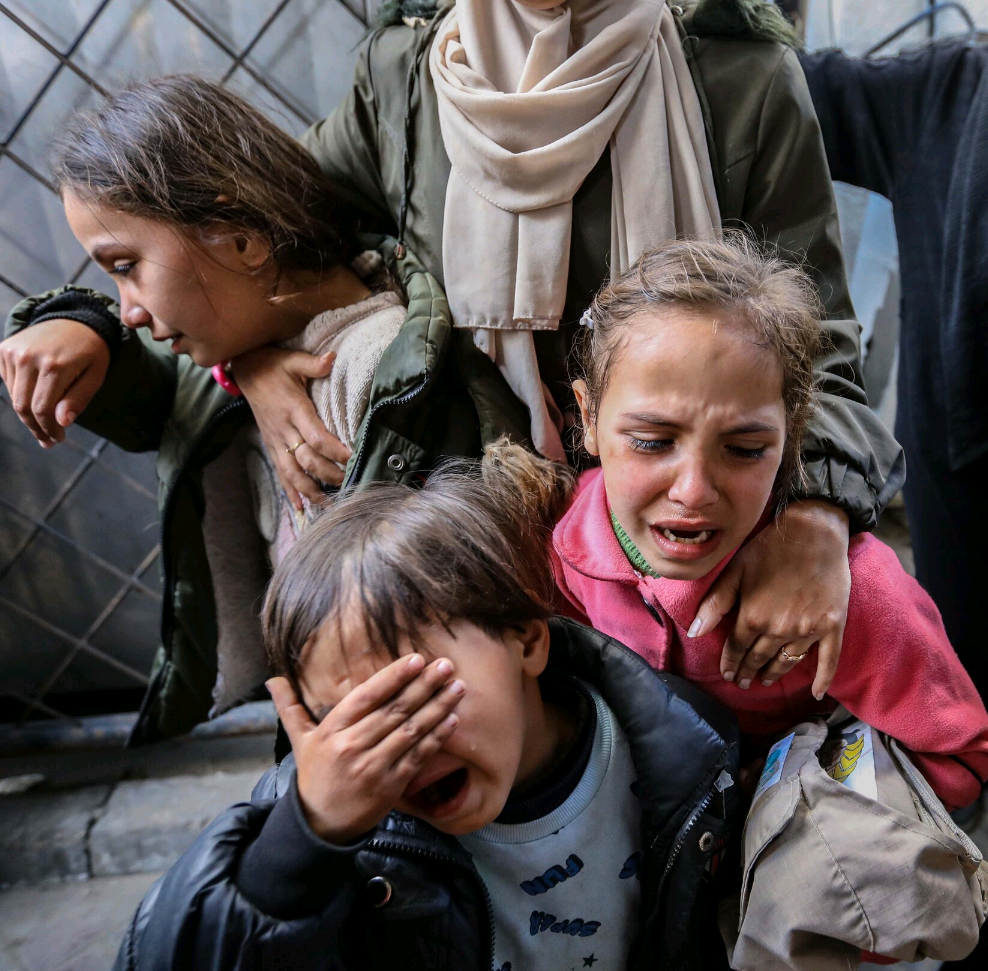
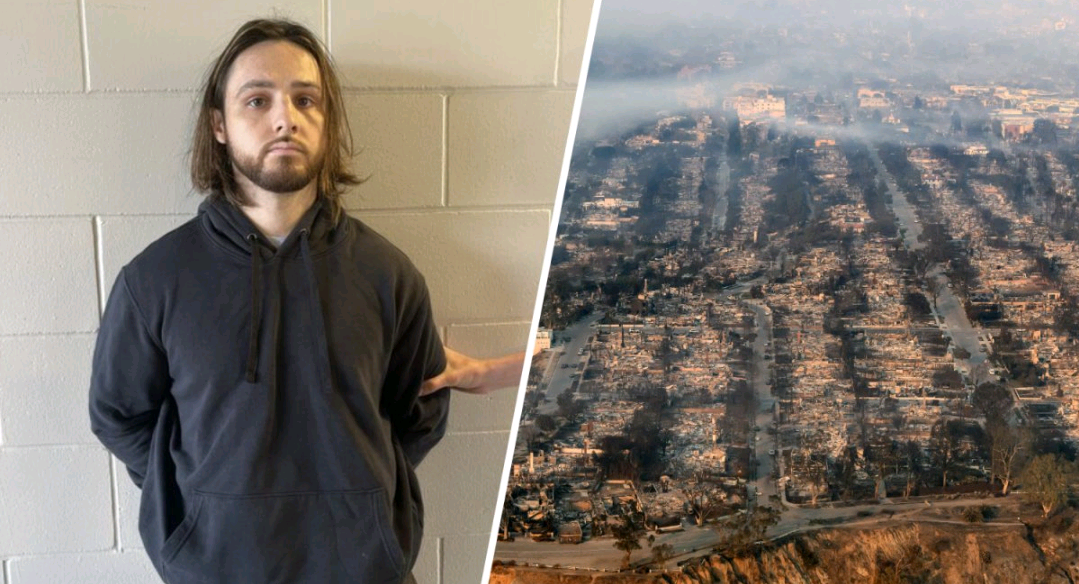
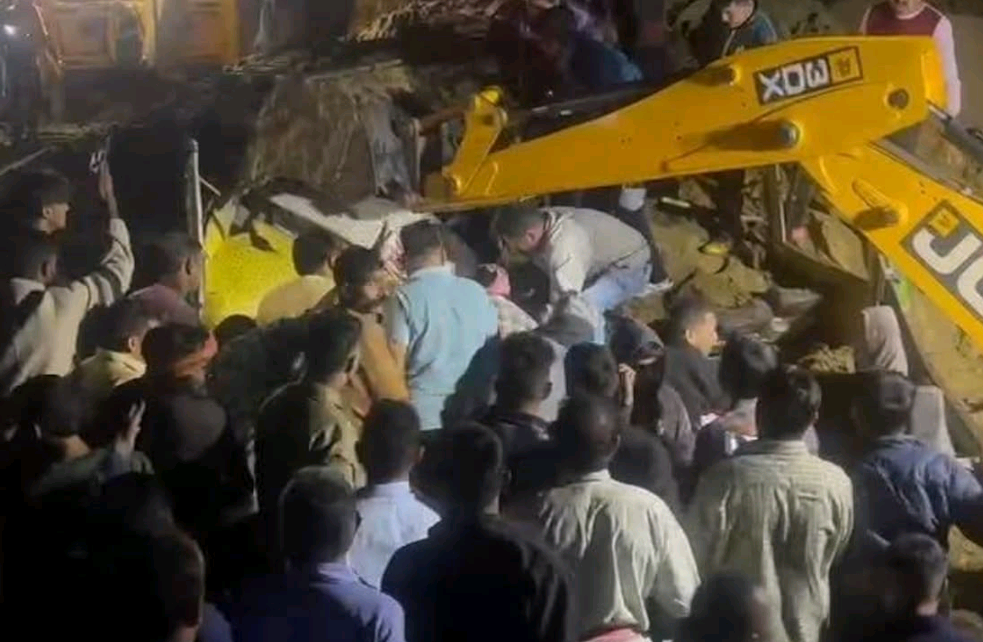
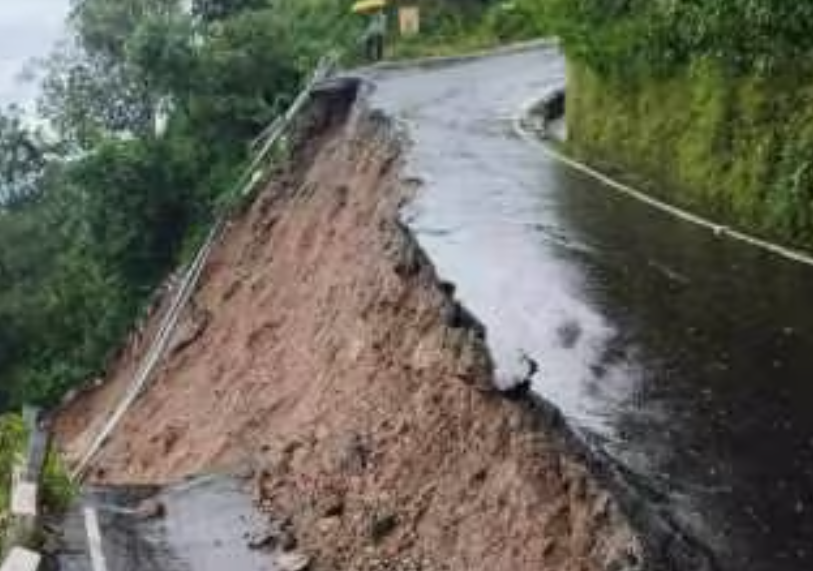
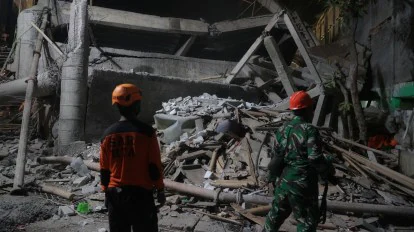

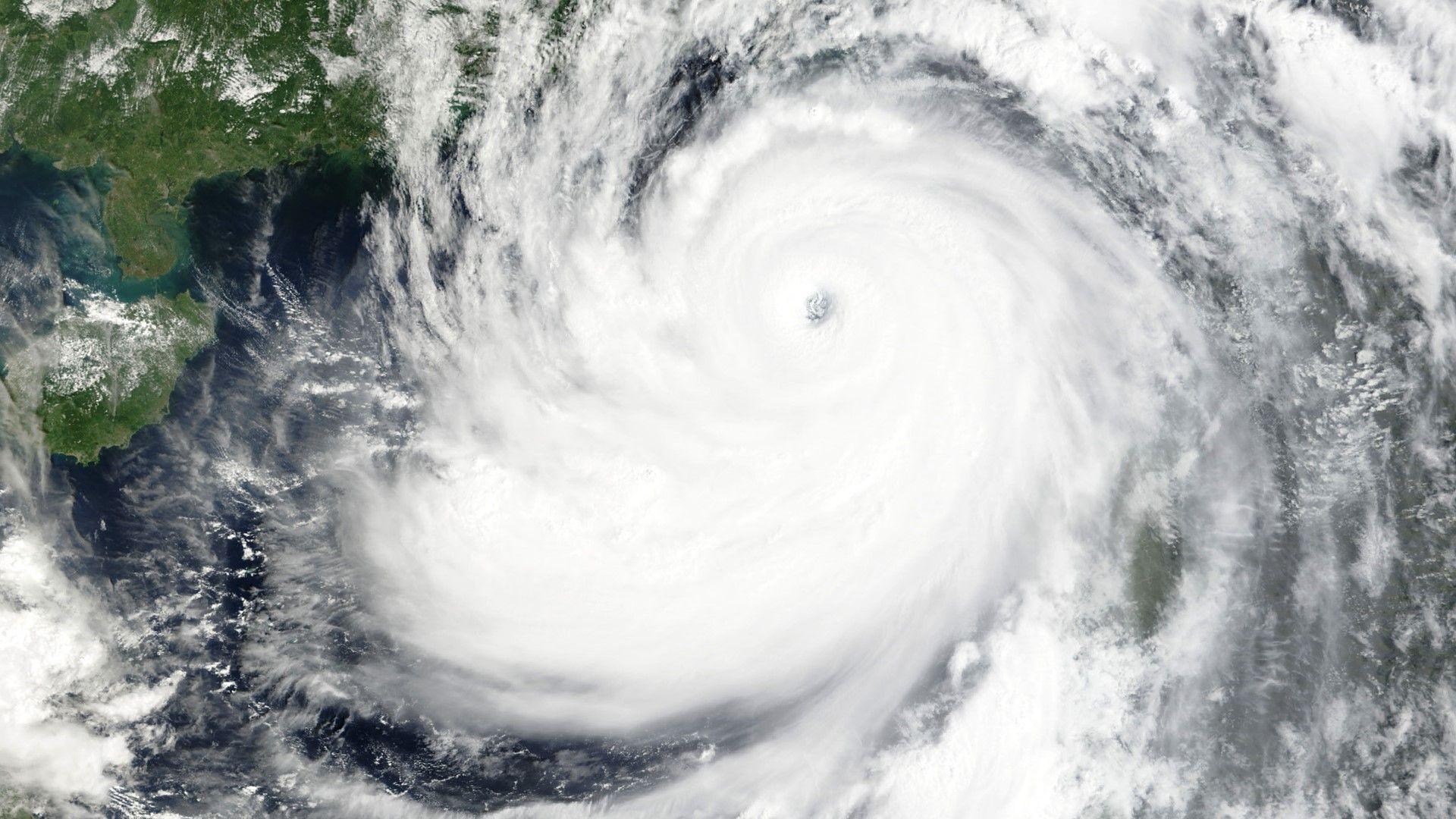









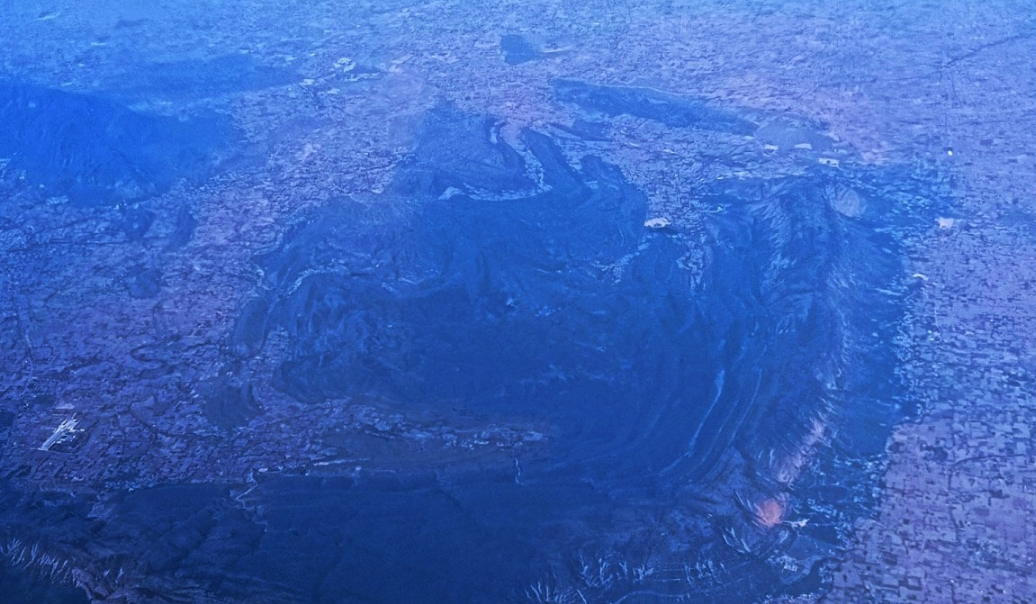
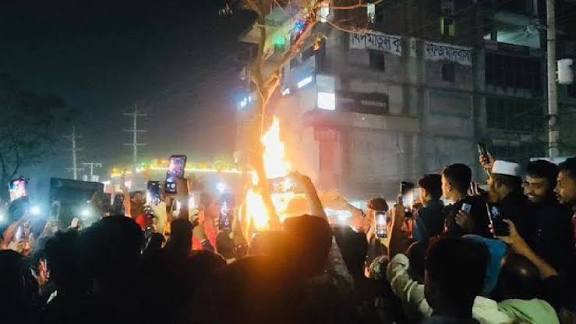
Leave a Reply